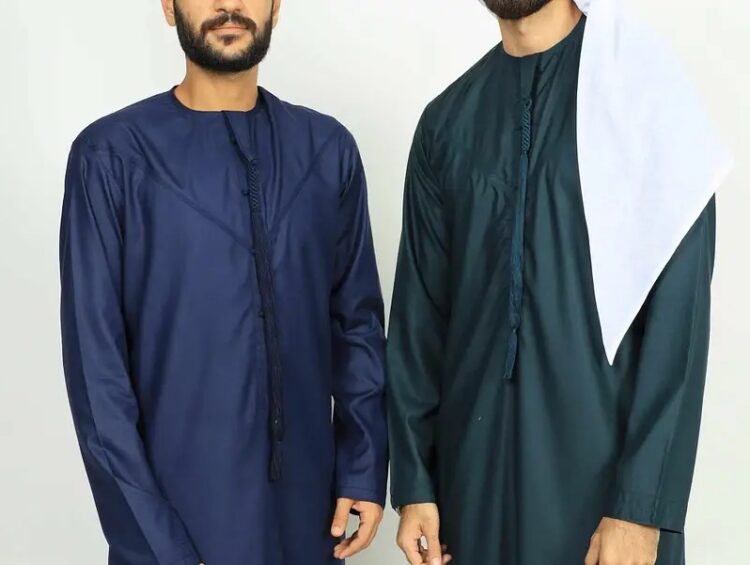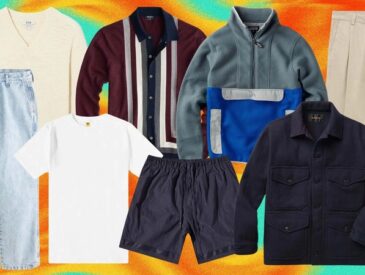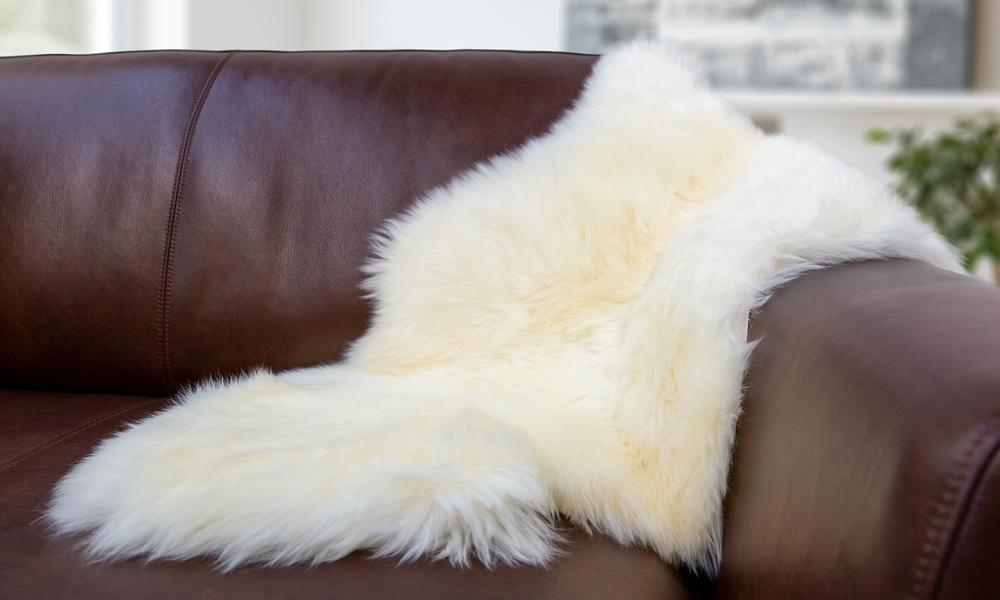In a world where fashion trends come and go, the thobe remains a timeless garment that embodies both cultural heritage and contemporary elegance. This traditional attire, predominantly worn in the Middle East and North Africa, has transcended its geographical origins to become a symbol of grace and modesty worldwide. From the vibrant patterns of Moroccan thobes to the sleek sophistication of Emirati designs, this blog post delves into the diverse styles of thobes, their cultural significance, and their place in modern fashion. Join me as we explore these exquisite garments that seamlessly blend tradition with trend.
Understanding the Thobe: A Cultural Staple
The thobe is more than just a piece of clothing; it is an integral part of cultural identity for many communities. Traditionally worn by men, its simplicity belies its deep-rooted significance in Islamic culture. The thobe’s design—usually ankle-length, long-sleeved, and made from light fabrics like cotton or wool—is practical for warm climates while adhering to principles of modesty outlined in Islamic teachings. Its versatility allows it to be worn on both casual occasions and formal events, often paired with accessories like headscarves (keffiyeh) or bishts (a type of cloak). As we delve deeper into specific regional styles, we’ll see how each interpretation offers unique insights into local customs and aesthetics.
Moroccan Thobes: A Symphony of Colours and Patterns
When one thinks of Moroccan fashion, vibrant colours and intricate patterns immediately come to mind—and Moroccan thobes are no exception. These garments are often crafted with bold hues such as royal blue, emerald green, or deep red interwoven with gold or silver threads that create mesmerising geometric motifs. This style reflects Morocco’s rich history influenced by Berber traditions, Arab culture, and Andalusian art forms. The Moroccan thobe often features elaborate embroidery along the neckline and cuffs—a testament to the skilled craftsmanship passed down through generations. Whether worn during religious festivities or family gatherings, these garments are a proud expression of Morocco’s diverse cultural tapestry.
Emirati Thobes: A Blend of Modernity and Tradition
In contrast to their colourful Moroccan counterparts, Emirati thobes exude understated elegance with their clean lines and subtle detailing. Typically white or pastel-coloured—ideal for reflecting harsh desert sunlight—these garments epitomise refinement through simplicity. An iconic feature is the kandura collar—an upright neckline without buttons—which adds sophistication without sacrificing comfort. While maintaining traditional silhouettes rooted in Bedouin heritage dating back centuries ago when nomadic tribes roamed across Arabia’s deserts—the modern-day Emirati man often dons his kandura at work meetings or international conferences alike—a testament not only personal style but also national pride.
Islamic Thobes Around The World: Unity In Diversity
Beyond Morocco & UAE borders lies vast diversity within broader Islamic community where regional variations abound based on geography climate resources available historical influences etcetera – yet common thread unites them all adherence principles modesty decency prescribed Islam itself this universality makes possible find versions tailored specifically needs tastes people living anywhere from Indonesia Senegal Turkey Kazakhstan everywhere between! For instance Malaysia’s baju melayu combines elements sarong-style wrap-around skirt top similar Western shirt creating fusion east-west aesthetics highly popular among Malay men today likewise Pakistan’s shalwar kameez incorporates loose trousers alongside tunic-like kurta resulting comfortable functional attire perfect everyday wear prayer alike demonstrating adaptability enduring appeal throughout ages cultures worldwide!
Thobes In Contemporary Fashion Scene
Today’s globalised society sees increasing numbers designers incorporating traditional elements mainstream collections runway shows boutiques around globe catering consumers seeking authentic yet fashionable wardrobe choices indeed celebrities influencers social media platforms play significant role promoting awareness appreciation these beautiful garments among wider audiences leading resurgence interest particularly younger generation eager reconnect ancestral roots embrace sustainable ethical practices fast-paced industry rapidly evolving norms trends thus ensuring relevance longevity future generations keep wearing loving sharing stories behind every stitch embroidery hemline woven into fabric lives lived legacies left behind!
Conclusion:
From bustling souks of Morocco to gleaming cities in UAE and beyond, thobes have stood test time as timeless garments embody cultural heritage contemporary elegance same breath. Through unique regional styles Moroccan Emirati Malaysian Pakistani thobes, we see how they not only reflect diverse cultural influences but also offer insights into local customs traditions aesthetics. In today’s fashion scene, these traditional attires are increasingly being embraced by designers and consumers alike for their authenticity, versatility, and enduring appeal. Let the beauty of thobes continue to transcend borders and generations as a symbol of unity in diversity. So next time you don your thobe or admire one from afar remember its rich history and wear it with pride!





